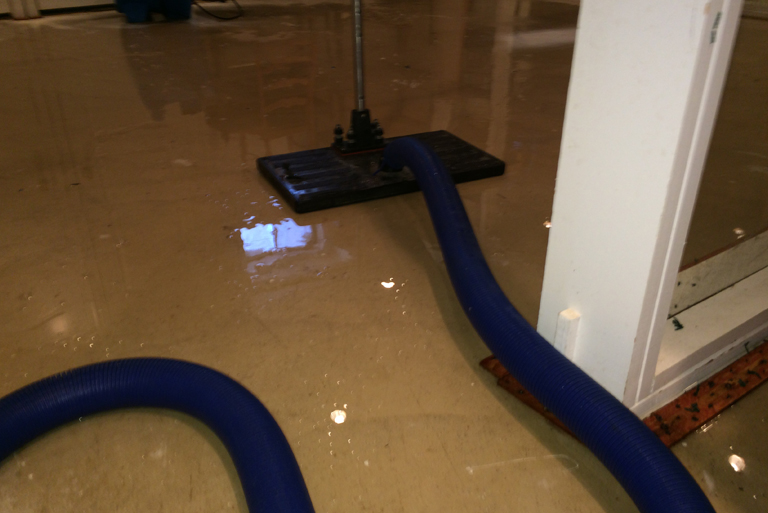Dealing with soaked, water-damaged carpet can be an incredibly frustrating and stressful situation for any homeowner. When carpet gets wet from flooding, burst pipes, appliance leaks or other water emergencies, it’s crucial to act quickly. Extracting water from carpets properly is key to prevent further damage, mold growth, and lingering moisture issues.
At Eagle’s Eye Carpet Cleaning, we are experts at water extraction and restoration for all types of wet carpet dilemmas. Over our 15 years serving the community, we’ve helped countless homeowners salvage their carpets after water disasters.
In this comprehensive guide, we’ll cover:
- How to assess the scale of carpet water damage
- Tips for safe DIY water removal from carpet
- When to call the pros for expert water extraction
- Drying and dehumidifying carpets after water extraction
- Preventing mold and mildew growth
- Our professional carpet water damage restoration process
Follow our proven step-by-step instructions to get your carpets back to pre-disaster condition after water flooding.
Assessing Scale of Carpet Water Damage
When carpets get drenched, your first step is to survey the full extent of the problem:
-
Locate all affected areas – Water can spread further than visible. Look for damp spots and listen for squishing that indicates soaked padding.
-
Check under carpet edges – Lift carpet in several spots to inspect padding and subfloor.
-
Determine water source – Knowing water type (clean, greywater, sewage) informs cleanup approach.
-
Look for hidden moisture – Use a moisture meter on carpets and walls to find trapped water.
-
Consider tearing out carpet – For heavy saturation beyond salvage, water extraction may require removing carpeting completely.
Taking time to fully evaluate the scale of water damage allows for proper drying and extraction methods.
Safe DIY Water Removal from Carpets
For contained, recently soaked sections of carpet without wicking or pad saturation, homeowners can attempt DIY water removal:
Extract Surface Water
-
Blot with towels – Avoid scrubbing, only blot gently to lift water.
-
Use wet-dry vacuum – Slowly vacuum over damp carpet to extract free water.
-
Lift carpet edge – Remove tack strips and detach carpet to access padding.
Dry Out Carpet Padding
-
Inspect padding – Waterlogged padding must be discarded and replaced.
-
Blot padding dry – Use towels to absorb moisture if salvageable.
Accelerate Drying Process
-
Remove furniture – Take all movable items out of room to allow airflow.
-
Use fans – Place high-velocity fans directed at carpet.
-
Add dehumidifier – Run multiple dehumidifiers to lower moisture levels.
-
Raise A/C – Lower thermostat to dehumidify air and prevent mold growth.
Call Eagle’s Eye’s Water Extraction Experts When:
-
Large areas are saturated
-
Pad and subfloor are soaked
-
Sewage or greywater is involved
-
Moisture is trapped under carpet
-
DIY efforts fail to extract all moisture
-
Mildew odor appears signifying mold
Professional Carpet Drying & Dehumidification
We utilize commercial-grade dehumidifiers and air movers for drying:
-
Structural Dehumidifiers – Lower moisture throughout the environment.
-
Air Movers – High-velocity fans circulate air above and below carpets.
-
Subfloor Drying – Specialized equipment pulls moisture from under carpet and pad.
-
Moisture Scanning – Sensors detect any lingering dampness after extraction.
-
Thermal Imaging – Heat-sensing cameras identify hidden moisture behind walls.
Thorough dehumidification and active drying prevents secondary water damage and mold growth after floods.
Mold Prevention in Carpets After Water Damage
Even after water removal, carpets staying damp can breed mold quickly. We prevent mold infestations with:
-
Vacuuming – Removes surface dirt and deposits after water recedes.
-
Deodorizers – Carpet powders and sprays neutralize musty smells from moisture.
-
EPA-Registered Disinfectants – Commercial antimicrobials kill mold, bacteria and other pathogens.
-
Carpet Sanitizing – Specialized treatments inactivate mold growth below carpet surface.
-
Carpet Shampoo – Hot water extraction washes away remaining dirt, soils and spores.
-
Zero Air Scrubber – HEPA filtration continuously cleans air of mold particles.
Aggressive mold prevention protects your carpets and indoor air quality after water damage.
Eagle’s Eye Water Extraction & Restoration Process
Our certified water damage technicians use state-of-the-art equipment to return carpets to pre-loss condition after any size water emergency.
Our carpet flood restoration process includes:
- Truck-mounted heated water extraction – Cleans and restores carpet fibers
- Commercial dehumidification
- Structural drying systems
- Advanced microbial treatments
- Moisture mapping
- Odor removal
- Mold prevention
We work closely with insurance adjusters through every phase of water loss recovery – inspection, documenting damages, estimating costs, water extraction, drying, mold inhibition, and carpet repair.
With Eagle’s Eye Carpet Cleaning, your carpets are in the hands of trusted professionals with over 15 years’ experience providing rapid response and restoration for any type of water damage emergency.
